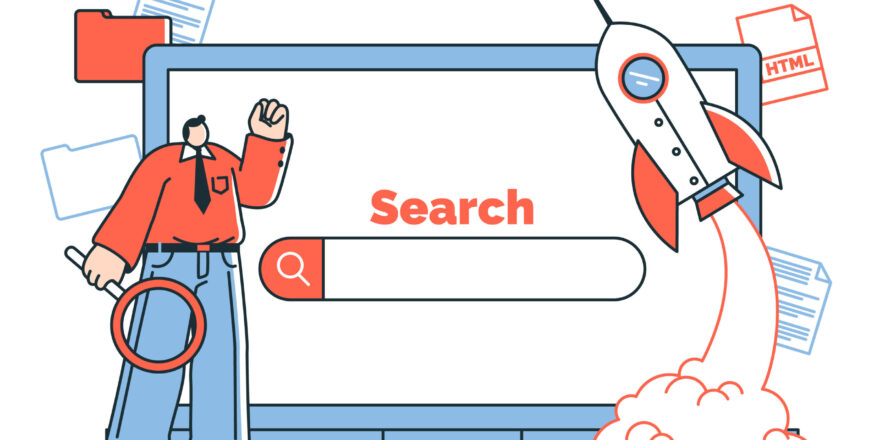Introduction
The digital marketing landscape is changing fast. With browsers phasing out third-party cookies, marketers need to rethink their strategies. Third-party cookies have long been crucial for tracking user behavior and personalizing ads. But now, due to privacy concerns, their use is being restricted. This blog explores how digital marketing will adapt in a cookie-less world and offers strategies to navigate the shift.
1. Understanding the Role of Cookies in Digital Marketing
Cookies, especially third-party cookies, track a user’s online activity. They help advertisers target the right audience and measure campaign success.
Key Functions of Cookies in Digital Marketing:
- Behavioral Tracking: Cookies monitor user activity to serve personalized ads.
- Retargeting: Advertisers reach out to users who have interacted with their website.
- Analytics: Cookies help gather data on how users engage with content.
- Cross-Site Tracking: Cookies track users across various sites to build detailed profiles.
Cookies have played an important role in digital marketing. However, as we move away from third-party cookies, marketers must adjust their strategies to continue delivering relevant content to users.
2. The Challenges of a Cookie-Less World for Marketers
The removal of cookies brings several challenges. Marketers will face issues with targeting, tracking, and measuring campaign performance.
Major Challenges:
- Loss of Data: Without third-party cookies, detailed tracking data will be harder to collect.
- Retargeting Issues: Retargeting, which depends on previous user interactions, becomes more difficult.
- Less Cross-Site Tracking: Advertisers can no longer track users across multiple websites.
- Reduced Analytics Accuracy: With less data, tracking user journeys will become more challenging.
Although these challenges may seem daunting, they also create opportunities for marketers to explore new ways to engage with users.
3. How Marketers Can Adapt: First-Party Data is Key
First-party data—information gathered directly from users—becomes crucial in a cookie-less world. This data is more reliable, as users voluntarily provide it.
Ways to Leverage First-Party Data:
- Email Subscriptions: Encourage users to sign up for newsletters and exclusive offers.
- Customer Surveys: Collect data through direct user feedback.
- On-Site Behavior: Track interactions users have with your site, like the pages they visit.
- Loyalty Programs: Build programs that offer incentives in exchange for data.
First-party data offers deeper insights into user behavior, and it’s also more privacy-friendly.

4. Contextual Targeting and Privacy-First Strategies
Contextual advertising focuses on the content users are consuming, rather than relying on personal data. This method helps maintain privacy while still delivering relevant ads.
Features of Contextual Targeting:
- Content-Based: Ads are placed based on the topic of the content the user is viewing.
- Relevance to Interests: Ads match the user’s current interests based on content.
- Less Intrusive: Since personal data is not used, contextual ads are more privacy-friendly.
Contextual targeting, along with privacy-first strategies, helps ensure that ads remain effective without compromising user trust.
5. The Role of AI and Machine Learning in a Cookie-Less World
AI and machine learning will play an essential role in the new marketing landscape. These technologies can help marketers make informed decisions despite limited data.
How AI and ML Can Help:
- Predictive Analytics: AI can predict future behavior based on available data, allowing for smarter targeting.
- Personalization at Scale: Even with limited data, AI can deliver personalized content based on user interactions.
- Automated Decision-Making: Machine learning algorithms adjust campaigns in real time for maximum effectiveness.
AI and ML technologies empower marketers to create more dynamic campaigns that adapt to changing conditions.
Conclusion
The cookie-less future may seem daunting, but it also presents an opportunity for marketers to adapt and innovate. By embracing first-party data, prioritizing contextual targeting, and using AI-driven insights, marketers can continue to deliver effective campaigns. As privacy regulations evolve, those who adapt will build stronger, more trusting relationships with their audiences. The future of digital marketing is privacy-focused, and those who adjust now will thrive in this new landscape





